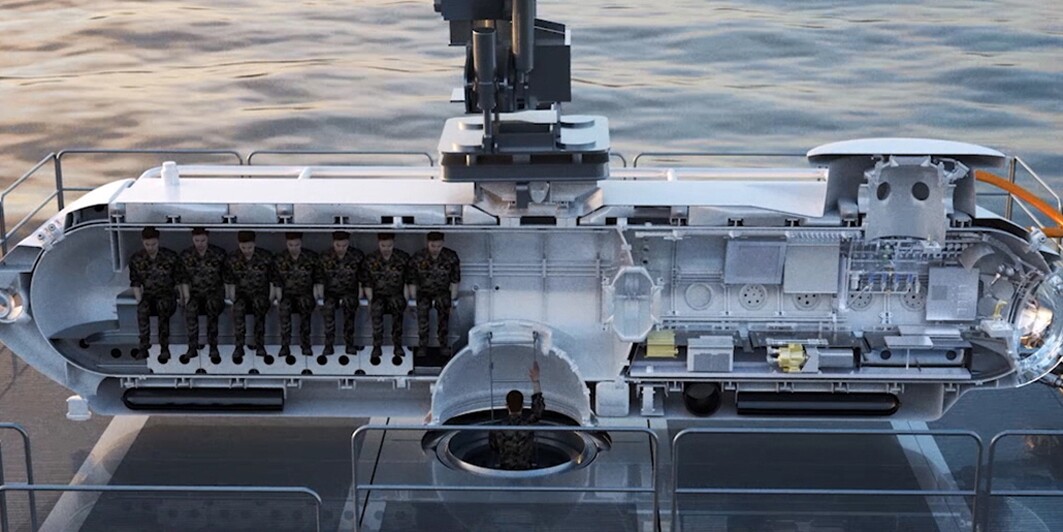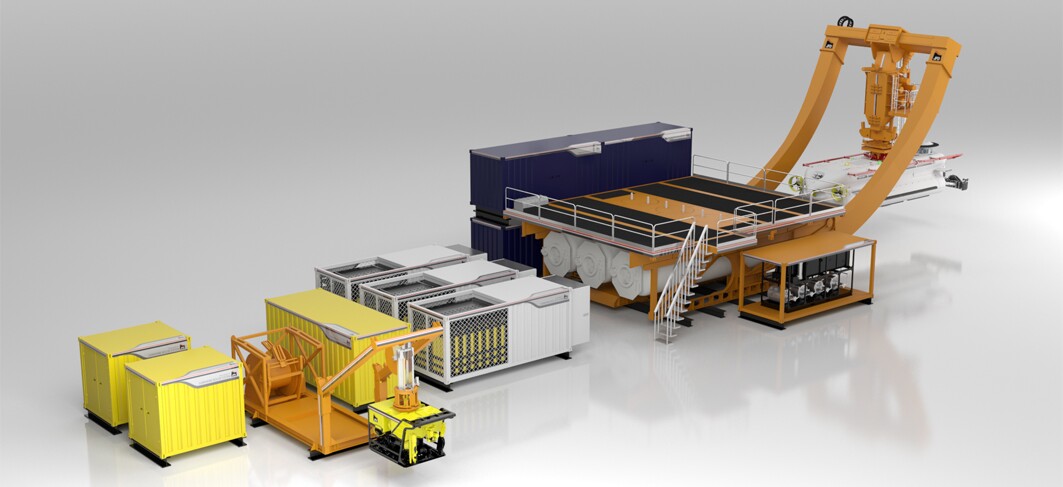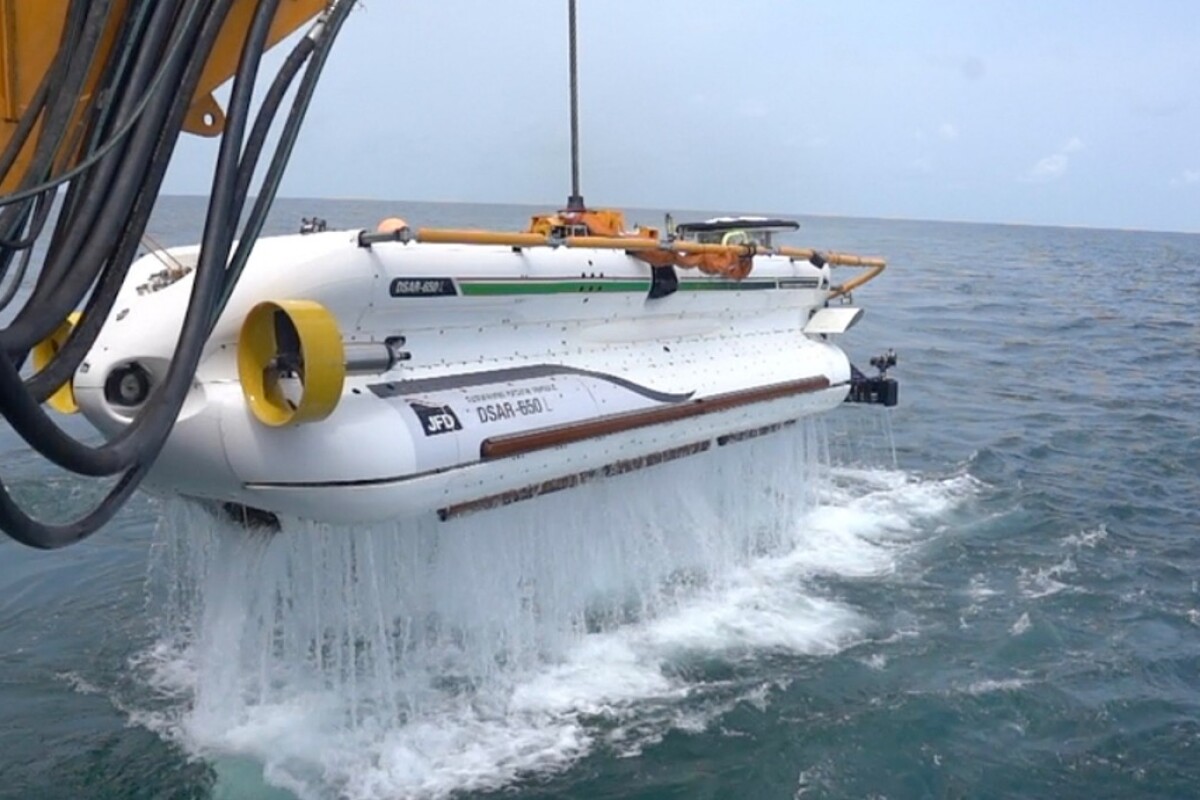The Indian Navy has joined an exclusive maritime club after completing sea trials on the first of two 3rd Generation Submarine Rescue Systems being delivered by British-based JFD. During the trials, the Deep Sea Search and Rescue vessel (DSRV) successfully mated with a submarine on the sea bottom at a depth of 300 ft (91 m) and an angle of 45 degrees before taking aboard "survivors."
An accident that traps a naval submarine on the sea bottom is one of the most harrowing of incidents. With as many as a hundred sailors sealed inside a steel tube with failing life support systems, it's always a race against time to get the survivors back to the surface as quickly as possible.
The problem is that even if a crippled submarine is intact, it may be resting at an angle under a column of water exerting tonnes of pressure. Only at the shallowest of depths and under ideal conditions can the boat's crew evacuate to the surface using special suits and an escape hatch. At any real depth, outside help is essential.

This is why a handful of navies operate DSRVs. The first of these was developed in 1965 by the US Navy after the loss of the nuclear attack submarine USS Thresher, which sank in the Atlantic Ocean due to a faulty pipe.
The DSRV is a miniature, electrically-powered submersible that is capable of diving to depths that a submarine might reasonably survive at, and maneuver with great precision using banks of thrusters. Today, these are equipped with an international standard skirt designed to fit around the escape hatch of any submarine in the world, an airlock, and a compression chamber to carry the survivors and rescue personnel without risking the bends.
JFD says its 3rd generation rescue craft has a new design that is as simple and reliable as possible, easy to maintain, small enough to be transported by air in a number of different transports, needs as few interfaces as possible, operates at the client navy's expected depths, and does not require a diver for launch and recovery.

The JFD DSRV can operate at depths of up to 650 m (2,100 ft), and carry a crew of three and 14 survivors. It's powered by a lithium polymer battery system, has 108 hours of life support, can maneuver in currents of up to three knots (3.4 mph, 5.6 km/h), and mate with a submarine at a 60-degree angle.
In addition, to this, the DSRV is backed by an entire modular support this system. This includes a strong back crane that can handle the submersible in sea conditions, a hyperbaric medical center with a 9-unit chamber capable of handling 90 people at once, gas bottles, spares, a Remotely Operated Vehicle (ROV), and transport modules. All of this can be quickly transported and operates as a single, integrated unit.
JFD says that the recent sea trials have also set the record for the deepest manned dive in Indian waters, as well as operating an ROV at over 750 m (2,400 ft) and a Side Scan Sonar at over 650 m (2,100 ft) for the first time by the Indian Navy. These tests follow on harbor trials earlier this year as part of the company's £193 million (US$250 million) contract.

"These sea trials have proven the newly inducted DSRV's ability to undertake rescue operations from disabled submarines at sea and has provided the Indian Navy with a critical capability," says Ben Sharples, India DSRV Project Director.
Source: JFD










